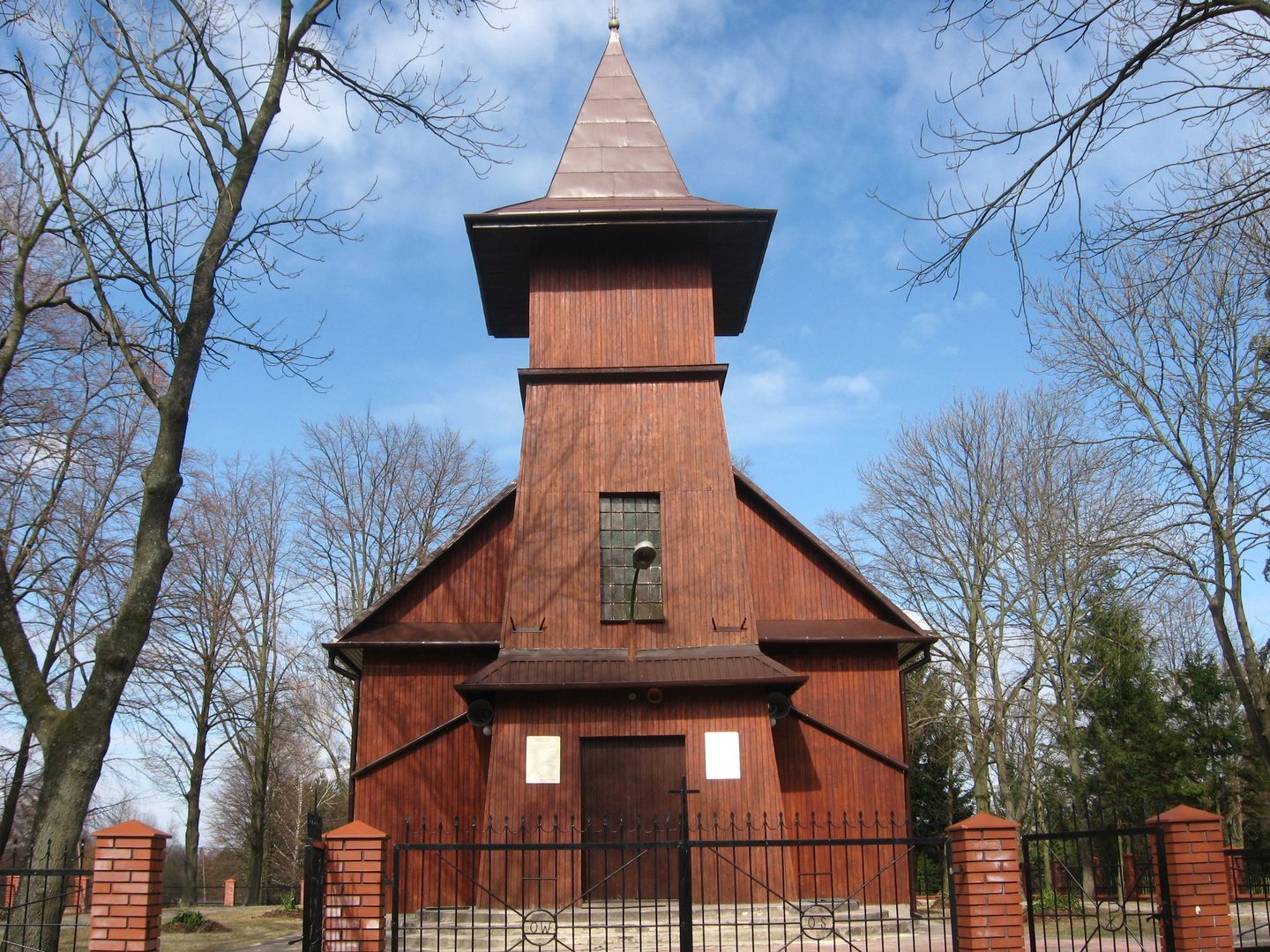St. Andrew Bobola Church in Wytyczno
6.51

Overview
The Church of St. Andrew Bobola in Wytyczno is a parish temple that serves as an example of architecture inspired by the Zakopane style. After World War II, due to population displacements, the building of a former Lutheran church from Michałowo, which previously belonged to German colonists, was relocated to Wytyczno. Local parishioners organized the purchase of this structure and transported it to its new location. Between 1947 and 1949, the church was expanded, and in 1958, a tower was added, giving it its distinctive appearance. The architecture of the church is characterized by a chancel smaller than the nave, two side sacristies, and a tower with walls that taper upward, topped with a pyramidal sheet metal roof. The church not only serves a religious function but is also an important element of local culture and regional history. The relocation and adaptation of this building symbolically reflect the changing social and cultural conditions after the war and also demonstrate the commitment of the local community to preserving cultural heritage. Thus, the Church of St. Andrew Bobola in Wytyczno is an important example not only of architecture but also of the process of integrating tradition and history into the new post-war reality.
Location
2025 Wizytor | All Rights Reserved